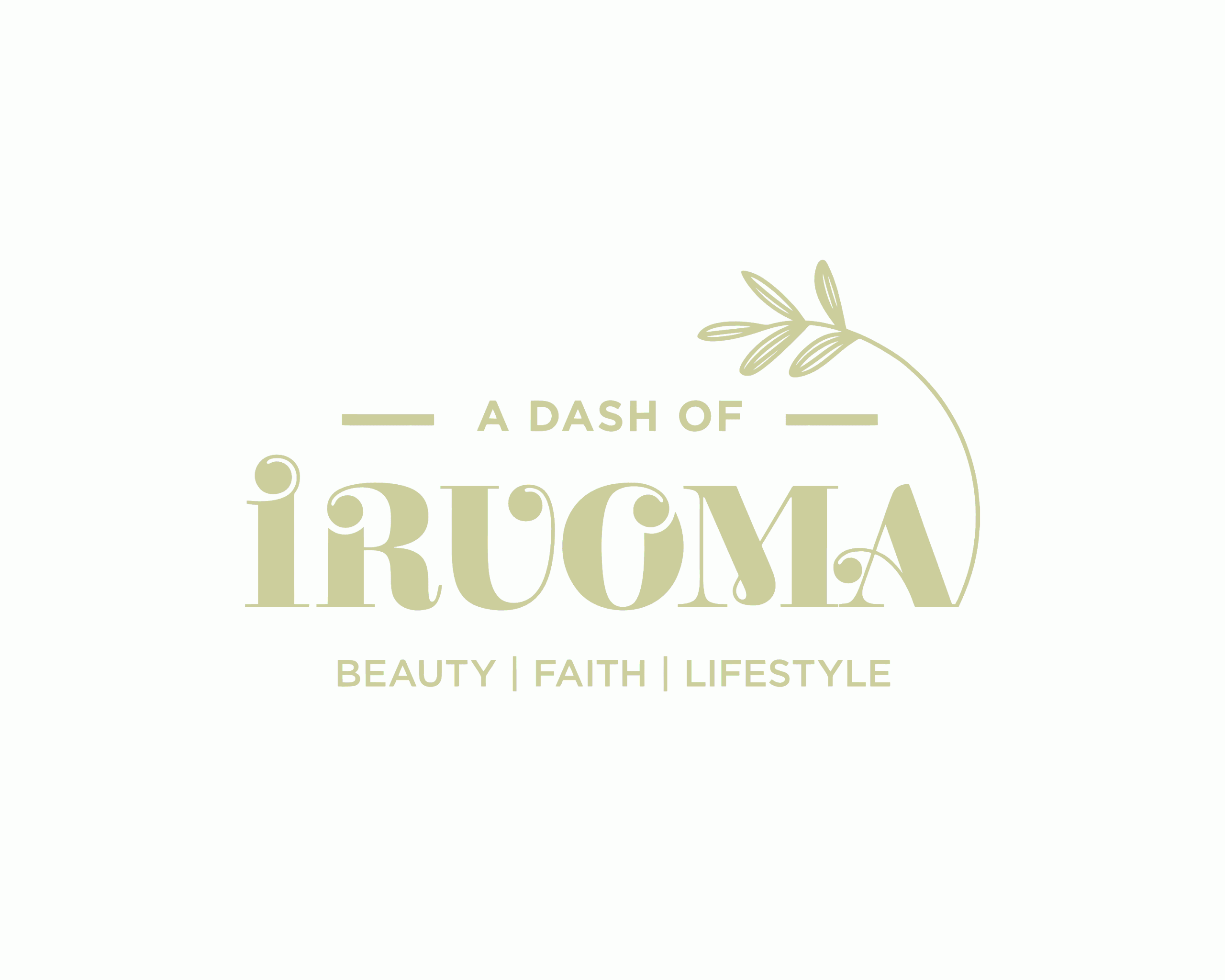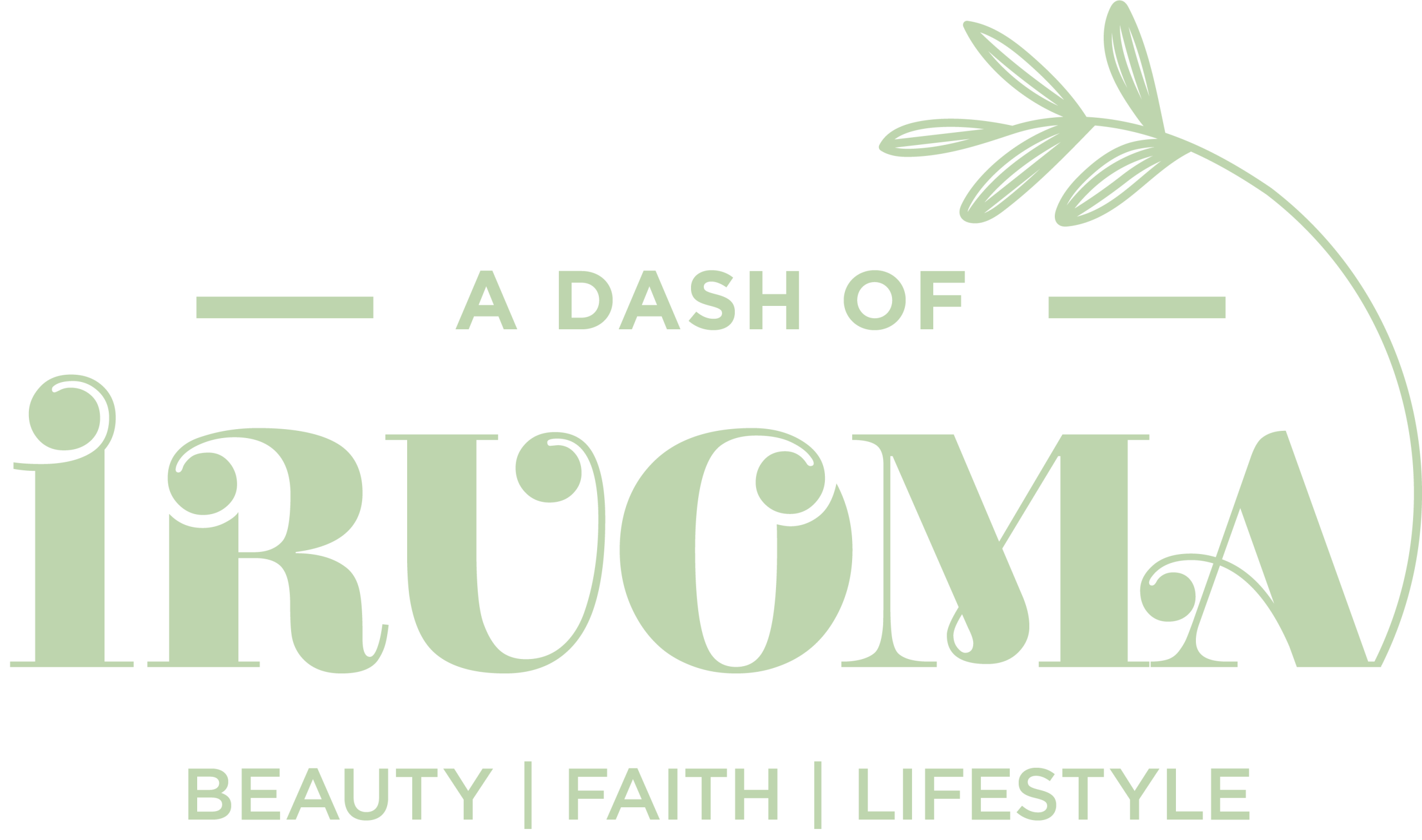How To Know Your Skin Type

Have you ever bought a raving product and it does nothing for your skin? Or worse still, your skin seems worse off than before you got it? That could have been because it was not formulated for your skin type.
Anytime a friend asks me to recommend a product or how to start their skincare routine, the first question I ask is; “What is your skin type?”
Knowing your skin type is like knowing your shoe size. Knowing your correct shoe size makes walking easy and fits right. Also, knowing your skin type helps you target products that work for your skin.
Let’s break down skin type so by the end of this post, you’re ready to tackle your skin needs with a renewed perspective.
Intro To Skin Type
Skin type relates to how much sebum your skin is producing. You may produce more or less than another person.
There have been debates on the number of skin types we have. Please note that all are normal and there’s no abnormal skin. Over time, your skin type may be affected by the weather, hormones, diet, and other factors. Don’t be alarmed. Just keep caring for your skin and be observant of the changes. The main skin types most dermatologists and estheticians agree on are:
- Normal
- Oily
- Dry
- Combination
There’s a subtype called sensitive skin because people have argued that one can be oily skin and sensitive or dry skin and sensitive.
“By the time you’re done with this post, you’ll be ready to tackle your skin needs with a renewed perspective.”
How To Figure out Your Skin type
You can know your skin type when you visit a dermatologist or by any of the following ways:
Doing the Bare face Test
Step 1– Wash your face with a gentle cleanser to get rid of dirt.
Step 2– You can clean your face with a clean paper towel or let it air dry.
Step 3– Wait for 30 minutes to 1 hour to observe how your skin reacts.
Results–
- If your face appears to have no redness, oily areas, or dry patches – Normal skin.
- If your skin feels tight and looks flaky – Dry skin.
- If your face looks and feels oily-Oily skin.
- If you notice that your T-zone (the nose and forehead area) appears shiny while the rest of your face looks dry-Combination skin.
Taking Quizzes
As you may have guessed, the first method is limited because it’s not really an objective way of determining your type of skin. I always advise doing about 2 quizzes from reputable skincare brands or blogs so you can answer a variety of questions and be sure. Check out these links below:
7 Questions To Identify Your Skin Type
Now that you have figured out your skin type, let’s look at them a little further.
OILY SKIN

Image from Unsplash
How To Spot It
- Your T-zone (Forehead, nose, and chin) is shiny due to the overproduction of sebum.
- You may notice a lot of excess oil on your face and neck.
- You deal with frequent blackheads and pimples.
- You have large pores.
How To Care For It
According to Fenton, those with oily skin need products that will do more than cleansing like helping prevent acne. So products with salicylic acid, glycolic acid, and retinol are recommended. Also, choose products that are lightweight or gel-based when it comes to moisturizers.
What To Avoid
Avoid products that contain pore-clogging (comedogenic) ingredients like petroleum jelly, capric acid, cocoa butter, and sodium laureth sulfate. Watch out for natural oils like coconut, olive, and avocado oil.
NORMAL SKIN
Normal skin is tricky to define. Day, a dermatologist, says that if “normal” is made into a category, then it means “the skin type that can tolerate most products without overreacting.” Another dermatologist, Baumann agrees that while there is no medical definition of normal skin, it could refer to “a skin that is healthy and well hydrated.”
How to SPOT IT
- You have fine pores.
- You’re not sensitive to chemicals.
- Less frequent breakouts and they disappear quickly.
how to care for it
All you need to do is maintain a good skincare routine and be observant of your skin.
What to avoid
You’re free to experiment and test various products as very few products can irritate your skin.
COMBINATION SKIN
It means you’re oily in some areas and dry in others
How to spot it
- Your skin breaks out often in your T-zone (forehead, nose, chin)
- Your cheeks appear drier and your jawline as well.
- Large pores on your T-zone
How To Care For It
- Use a gentle foaming cleanser.
- Use products with hyaluronic acid.
- Opt for glycolic acid first as an exfoliator before working your way up to salicylic acid.
What to avoid
Avoid ingredients that include alcohol, preservatives, and fragrances. These ingredients can make your T-zone oilier and dry areas drier.
DRY SKIN

Dry skin is different from dehydrated skin. The latter is caused by lack of water and is a skin condition, not a skin type. It’s usually due to environmental factors or not taking enough water.
How to spot it
- Very tight pores
- A skin texture that appears rough.
- Skin feels tight especially after cleansing
how to care for it
- Stick to gentle cleansers that don’t foam.
- Look out for ingredients like glycerin, hyaluronic acid, or ceramides.
What to avoid
- Alcohol and sulfate-based products as they strip your skin of its natural oils.
- Use hot water for a bath as it takes moisture from the skin.
Benefits of Knowing Your Skin Type
The benefits of knowing your skin type are numerous. Some are:
- Be confident even when your skin seems to be acting up at any point in time.
- Making informed decisions when it comes to buying products and not being swept by every tide of a new skincare product.
What’s your skin type? Was this helpful?
Let me know in the comments.
READ ALSO- HOW TO USE A SHEET MASK CORRECTLY
https://www.pinterest.com/adashofiruoma/

Add a Comment